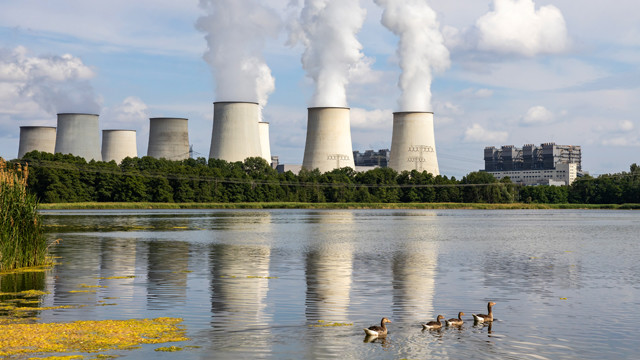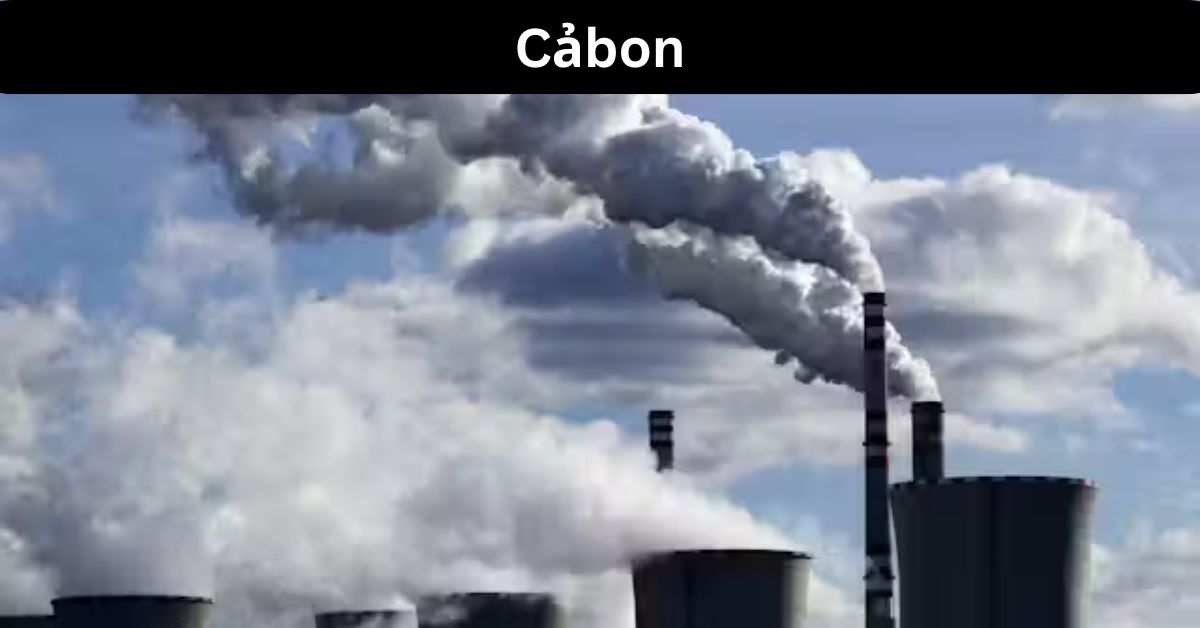Cảbon – A User-Friendly Guide
“Learning about Cảbon was like finding a secret ingredient in my daily routines. From pencils to diamonds, it’s everywhere! Now, I’m excited to do my part by making eco-friendly choices and reducing my carbon footprint.”
“Cảbon is a basic element found in nature, known by the symbol ‘C’. It’s in things like pencils and diamonds, and it’s essential for living things and lots of stuff we use.”
Curious about the hidden secrets of Cảbon that shape our world? Dive into our article for an enlightening journey!
Contents
What Is Cảbon? Start A Conversation
Cảbon is a special stuff that’s everywhere around us. You can find it in things like pencils, diamonds, and even in the air we breathe. It’s super important because it helps make up living things and lots of stuff we use every day. Without Cảbon, life as we know it wouldn’t be possible!
In nature, Cảbon comes in different forms, like graphite, which is soft and used in pencils, or diamond, which is super hard and sparkly. It’s also in coal, which we burn for energy. Cảbon is like a building block for all sorts of things, and it’s pretty amazing how it’s all around us.
When Do We Encounter Cảbon?

“We bump into Cảbon every day, no matter where we are or what we’re doing. When we take a breath, we’re inhaling Cảbon dioxide in the air. It’s in the food we munch on, like fruits and veggies, because plants use Cảbon to grow. Even when we write with a pencil, that graphite stuff is made of Cảbon. It’s in the gasoline that fuels our cars and the plastic in our toys.
“Sometimes, we see Cảbon in sparkly diamonds or black coal. It’s amazing how it can be in so many different forms! Whether we’re outside playing or inside studying, Cảbon is part of our world. So, next time you’re out and about, take a moment to think about all the ways Cảbon is right there with you, making life possible.”
Read: Sherry Guidry Device Technologies – Discovering The Future!
Why Is Cảbon Important? Explore Further

- Essential for Life: Cảbon is a key element in all living organisms, forming the basis of organic molecules like proteins, fats, and carbohydrates.
- Building Block of Materials: Cảbon is used to create a wide range of materials, including steel, plastics, and textiles, which are vital for modern infrastructure and everyday items.
- Energy Source: Cảbon-based fuels like coal, oil, and natural gas provide energy for transportation, heating, and electricity generation, powering homes and industries.
- Environmental Regulation: Cảbon plays a crucial role in regulating Earth’s climate through the carbon cycle, which helps maintain stable temperatures and supports life on the planet.
- Industrial Processes: Cảbon is integral to various industrial processes, such as steel production, where it acts as a reducing agent, and in chemical synthesis for creating a wide range of products.
- Technological Advancements: Cảbon-based materials like graphite, graphene, and carbon fibers possess unique properties that drive innovations in electronics, aerospace, and other high-tech industries.
- Biological Functions: Cảbon is involved in numerous biological processes, including respiration, photosynthesis, and DNA synthesis, essential for the functioning of living organisms.
- Cultural and Historical Significance: Throughout history, Cảbon has played significant roles in cultural practices, such as the use of charcoal for art and cooking, and in technological advancements like the development of metallurgy.
- Environmental Conservation: Understanding Cảbon’s role in climate change and pollution helps in developing strategies for environmental conservation and sustainable development.
- Global Economy: Cảbon-related industries contribute significantly to the global economy, providing employment opportunities and driving economic growth in various sectors.
How Does Cảbon Affect The Environment? Must Know

Cảbon can have big effects on our environment. When we burn things like coal, oil, and gas for energy, they let out a gas called carbon dioxide (CO2). This gas acts like a blanket around the Earth, trapping heat from the sun and making the planet warmer. This can lead to problems like melting ice caps, rising sea levels, and changes in weather patterns, affecting animals, plants, and people all around the world.
Also, when we cut down trees, we’re taking away a big way that the Earth cleans up extra CO2 from the air. Trees are like nature’s vacuum cleaners for carbon dioxide, so when we lose them, more CO2 stays in the air. This can make the oceans more acidic, harm marine life, and disrupt the balance of ecosystems.
What Are The Different Forms Of Cảbon?
- Graphite: A soft, black form of carbon that is commonly used in pencils. It has layers of carbon atoms arranged in hexagonal structures.
- Diamond: A hard, transparent gemstone made of pure carbon atoms arranged in a crystal lattice structure. Diamonds are valued for their beauty and strength.
- Coal: A combustible black or brownish-black sedimentary rock composed primarily of carbon and hydrocarbons. It is a significant source of energy for electricity generation and industrial processes.
- Amorphous Carbon: This includes various forms of carbon that do not have a crystalline structure, such as charcoal, soot, and carbon black.
- Carbon Nanotubes: Cylindrical molecules composed of carbon atoms arranged in a hexagonal lattice pattern. They have exceptional strength and electrical conductivity, making them valuable in nanotechnology and electronics.
- Graphene: A single layer of carbon atoms arranged in a two-dimensional honeycomb lattice. Graphene is known for its remarkable strength, conductivity, and flexibility, with applications in electronics, composites, and biomedical devices.
- Fullerenes: Molecules composed entirely of carbon, such as buckminsterfullerene (C60), which has a spherical shape resembling a soccer ball.
How Is Cảbon Used In Everyday Life?

Cảbon is used in lots of ways in our everyday lives, even if we don’t realize it. For example, when we write with a pencil, the “lead” inside is actually made of graphite, which is a form of Cảbon. It’s soft and leaves marks on paper easily. We also use Cảbon when we turn on the lights or use our electronics. Many of the things we use to make electricity, like coal and natural gas, contain Cảbon.
Additionally, Cảbon is important for keeping us warm and cozy. When we use heaters or stoves that burn wood or fossil fuels, like coal or gas, they release heat by burning Cảbon. It’s also in the food we eat! Plants use Cảbon dioxide from the air to grow, so when we munch on fruits, veggies, or grains, we’re eating Cảbon too.
Read: How To Unblur Course Hero – Unlock Now!
Frequently Asked Questions:
1. What are some common sources of Cảbon emissions?
Common sources of Cảbon emissions include vehicles, power plants, industrial processes, deforestation, and agricultural practices.
2. How can individuals reduce their Cảbon footprint?
Individuals can reduce their Cảbon footprint by conserving energy, using public transportation or carpooling, reducing meat consumption, supporting renewable energy, and recycling and composting.
3. What are some renewable alternatives to Cảbon-based fuels?
Renewable alternatives to Cảbon-based fuels include solar, wind, hydroelectric, and geothermal energy, which produce electricity without emitting CO2.
4. How does Cảbon affect the oceans?
Excess CO2 in the atmosphere is absorbed by the oceans, leading to ocean acidification. This can harm marine life, especially organisms with calcium carbonate shells or skeletons.
Conclusion
Cảbon is super important for life and technology, but too much of it can harm the planet. We need to find ways to use Cảbon more wisely, like using clean energy and reducing waste. By working together, we can protect our environment and create a better future for everyone.
Read more:







